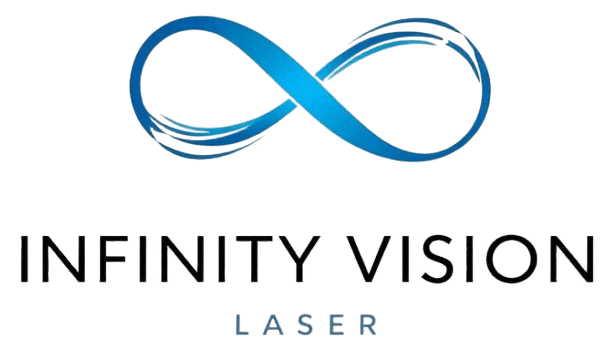Presbyopia
What is Presbyopia?
Presbyopia is a natural and inevitable part of the aging process. It occurs when the eye’s lens loses its flexibility, making it harder to focus on close objects. As a result, things that are nearby become blurry. This condition typically starts to show symptoms in your early-to-mid 40s and tends to progress until around age 65. While presbyopia is a normal age-related change, it can be diagnosed and treated easily through corrective lenses or surgery.
Causes of Presbyopia
As we age, the lens inside the eye becomes thicker and less flexible. In young, healthy eyes, the lens is flexible enough to change shape, which allows it to focus on objects at varying distances. When we focus on something far away, the lens flattens; when focusing on something up close, the lens becomes rounder. Over time, however, the lens hardens and loses this ability, causing difficulty in focusing on nearby objects. As a result, presbyopia develops, and close-up vision becomes blurry.
Although presbyopia cannot be prevented or reversed, its symptoms can be effectively managed.
Symptoms of Presbyopia
As presbyopia develops, you may experience the following symptoms:
- Blurred vision when reading or doing close-up work
- Eyestrain or fatigue, especially after reading or using digital devices
- Headaches from prolonged near work
- The need to hold reading materials further away to see clearly
- Difficulty seeing in low light or while tired
Symptoms may worsen in dim lighting or when alcohol is consumed, as the eyes may struggle more to focus in these situations.
Treatment of Presbyopia
There are several treatment options available to help patients with presbyopia. These treatments can be nonsurgical or surgical, depending on the patient’s needs and preferences.
Nonsurgical Correction of Presbyopia
For many people, presbyopia can be managed with corrective lenses, including:
- Reading glasses
- Progressive, bifocal, or trifocal eyeglasses
- Multifocal contact lenses
- Monovision contact lenses (where one eye is corrected for near vision and the other for distance vision)
- Topical eye drops (which can improve near vision temporarily)
Surgical Correction of Presbyopia
For those seeking a more permanent solution, there are several surgical treatments available:
- Laser Eye Surgery: Techniques like monovision or Presbyond can help correct presbyopia by reshaping the cornea for better near and far vision.
- Intraocular Lens Implants: Procedures such as Refractive Lens Exchange or Refractive Cataract Surgery replace the eye’s natural lens with an artificial one to correct presbyopia.
- Corneal Inlays: A small device is implanted in the cornea to improve near vision.
Presbyopia and Aging
Although presbyopia can be frustrating, it is a normal part of aging. Fortunately, there are a variety of effective treatments available to restore clear vision for near tasks, allowing you to continue to enjoy reading, hobbies, and everyday activities without struggle.
